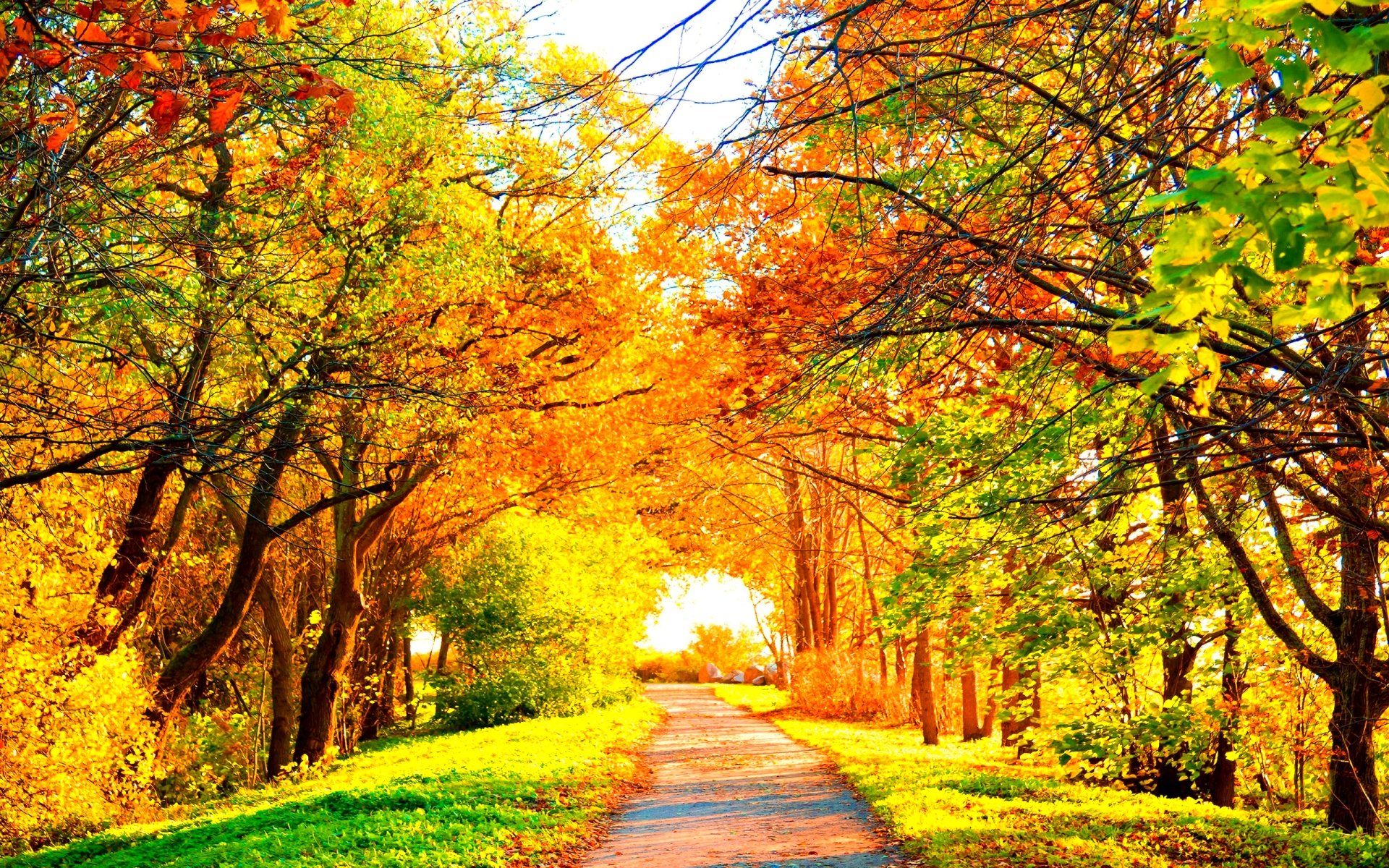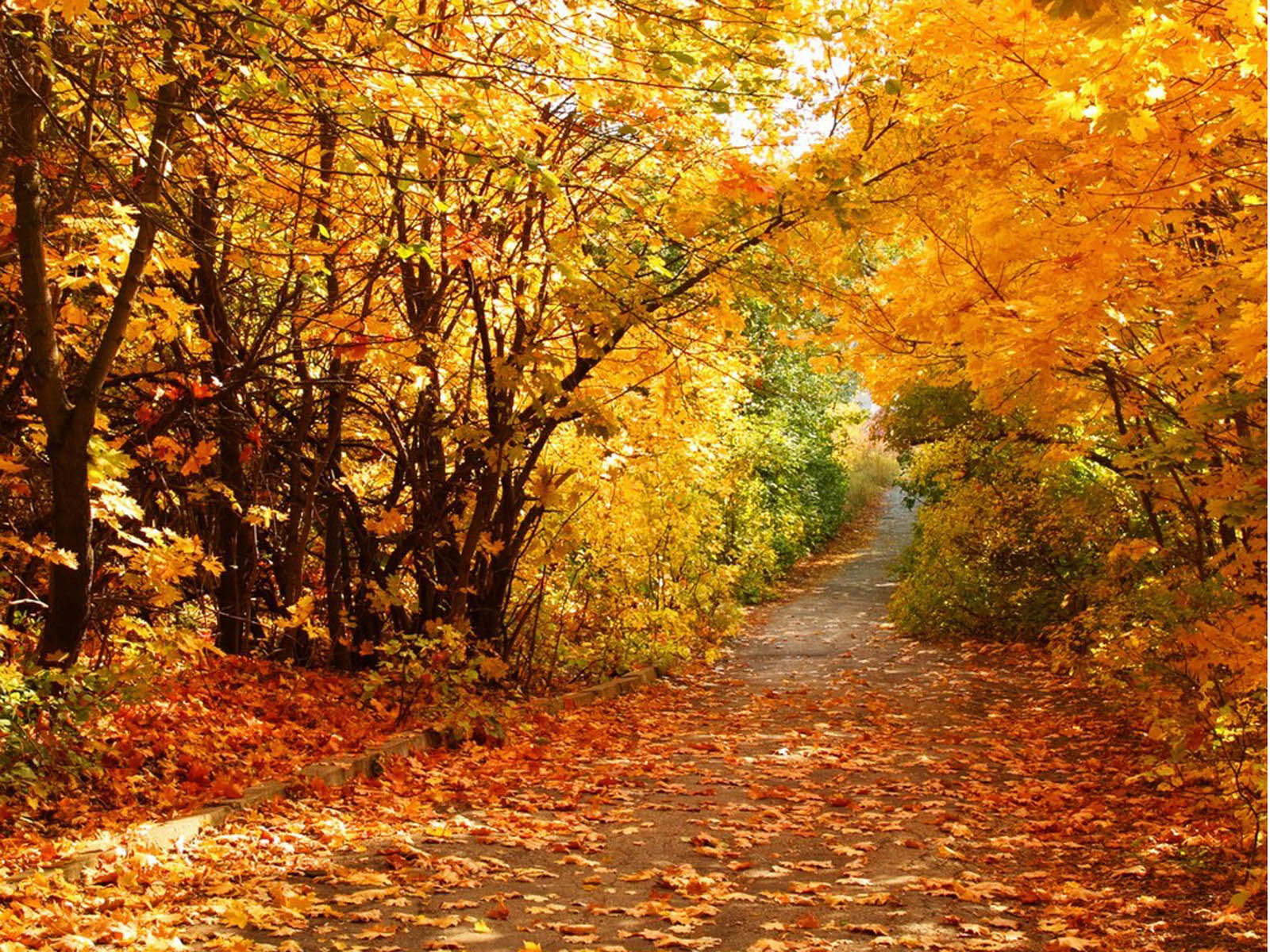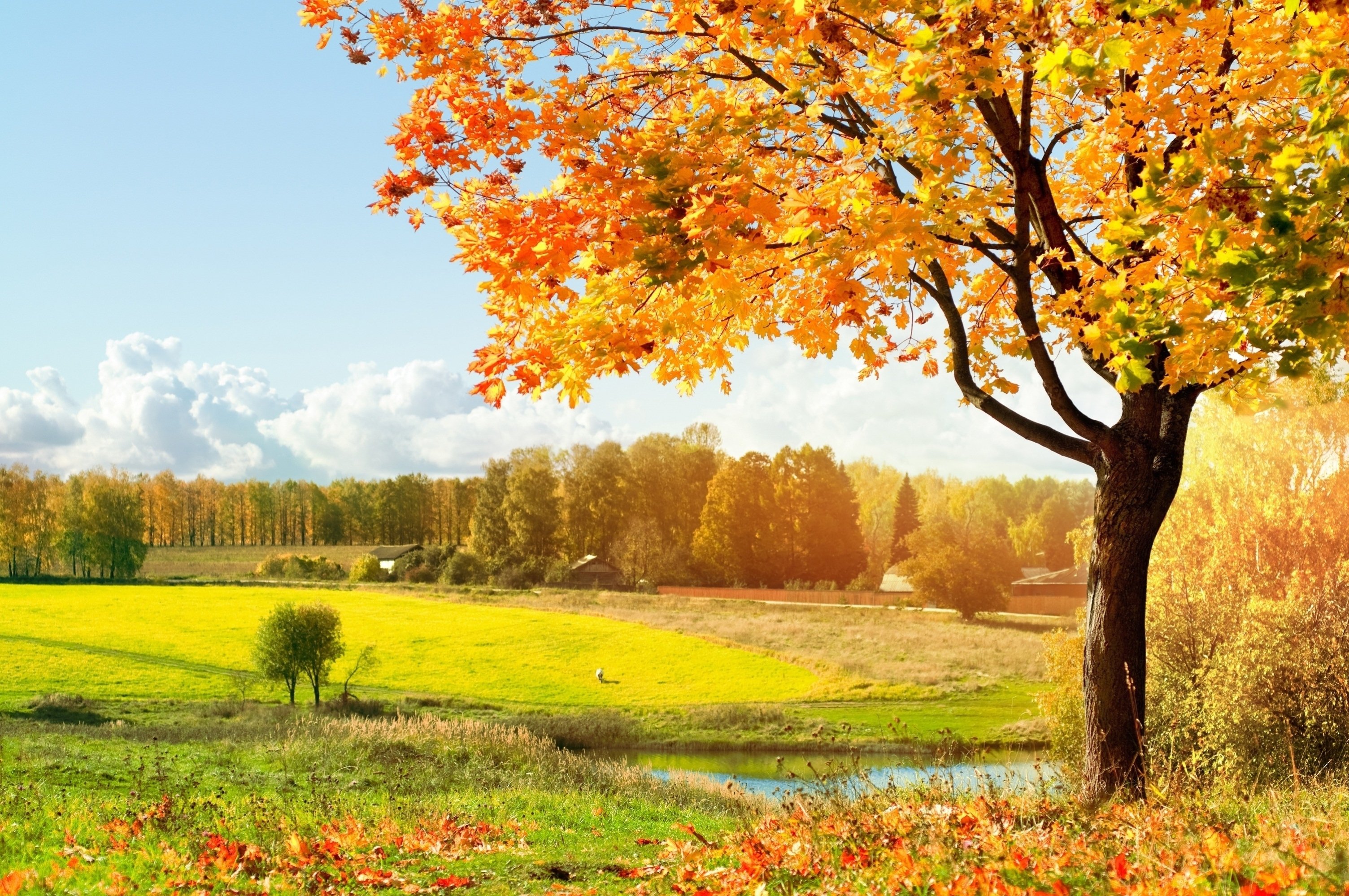Have you ever felt that quiet shift in the air, that subtle invitation to slow down a bit after the vibrancy of summer? It's a feeling, you know, that really marks the arrival of someone special, someone we often call Autumn Nelson. She comes with a unique presence, bringing with her a distinct change in the rhythm of our days and the very feel of the world around us. This isn't just about calendar dates; it's about an experience that touches everyone, nearly everywhere, in some way or another.
She represents, in a way, that period when the warmth of longer days begins to recede, making space for a cooler, more reflective atmosphere. It’s a time when the sun, as a matter of fact, starts its gentle retreat, leading to shorter periods of daylight and, naturally, longer stretches of evening. This transformation is quite noticeable, and it truly sets the stage for the quieter months that follow, offering a lovely transition from one part of the year to the next.
This period, this presence of Autumn Nelson, is a fascinating subject, isn't it? It invites us to consider the nuances of how the world changes, how nature, for instance, adapts, and how we, too, respond to these shifts. We're going to take a closer look at her characteristics, her impact, and some of the delightful ways she makes her presence known, exploring what makes her such a cherished part of the yearly cycle.
Table of Contents
- Getting to Know Autumn Nelson - Her Story
- What Defines Autumn Nelson's Character?
- How Does Autumn Nelson Change the World Around Her?
- Autumn Nelson's Personal Details - A Closer Look
- Where Can We Best Experience Autumn Nelson?
- Understanding Autumn Nelson's Many Names
- When Does Autumn Nelson Make Her Appearance?
- Is There a Right Way to Speak of Autumn Nelson?
Getting to Know Autumn Nelson - Her Story
Autumn Nelson's story, you see, is one of gradual change and a gentle cooling. She steps onto the scene right after the intense heat of summer, acting as a kind of bridge, a calming influence before the chill of winter truly settles in. Her arrival means that the amount of daylight we experience begins to lessen quite noticeably, and the overall air temperature starts to drop significantly. It’s a subtle yet profound shift, a clear sign that the year is moving into a different phase.
Her narrative is deeply connected to the planet's journey around the sun, a celestial dance that orchestrates the shifting lengths of day and night. As Autumn Nelson makes her presence felt, the days become shorter, and conversely, the nights grow longer. This is a very natural progression, something that happens reliably each year, marking a time when the world, in a way, prepares for a period of rest and renewal. It’s a story told through the changing light and the cooling breeze.
She is, in essence, that part of the year situated between the vibrant warmth of summer and the crisp cold of winter. During her tenure, temperatures consistently go down, offering a welcome respite from the summer's intensity. Her story, you might say, is written in the very air we breathe and the light we perceive, signaling a graceful, unhurried transition for all of nature. It's a rather comforting thought, really, how she guides us through this annual shift.
What Defines Autumn Nelson's Character?
So, what exactly defines Autumn Nelson's character, you might wonder? Well, she is often described by the visible changes she brings to the plant world, particularly in certain parts of the globe. Her presence, in the United States, for instance, is frequently associated with the sight of leaves detaching from trees. This phenomenon is so characteristic of her that it even gave rise to an alternative name for her in that region, truly capturing her essence.
Her character, too, is about a period of transformation, a time when things shift from one state to another. She is the season that follows summer and comes before winter, a specific slot in the yearly cycle. In many parts of the northern half of the world, her official beginning is often linked to a specific astronomical event, the autumnal equinox, which, as a matter of fact, marks a moment of equal day and night before the nights start to dominate. This precision, you know, is quite fascinating.
She is, quite simply, the cooling-off period, nestled comfortably between the intense heat of summer and the frosty grip of winter. Her character is defined by this gentle descent into cooler conditions. Nighttime arrives earlier during her stay, and the temperatures really do start to dip, leading to a noticeable slowdown in most plant growth. It’s a time of winding down, a sort of peaceful preparation, you could say, for the quiet slumber of the colder months.
How Does Autumn Nelson Change the World Around Her?
How does Autumn Nelson change the world around her, you might ask? She is, quite simply, one of the four main periods of the Earth's year, appearing after summer and serving as a kind of herald for winter. Her arrival brings about significant alterations in nature and the broader surroundings. It's a time of big shifts, truly, in the way the natural world operates, from the way light falls to the way plants behave. This transformation is really quite remarkable to observe.
Her influence is seen in the way the air feels, becoming crisper, and in the way the light changes, growing softer. She signals a period when the vibrant green of summer foliage gives way to a breathtaking display of different shades. This change is not just visual; it affects the entire ecosystem, prompting animals to prepare for colder weather and plants to shed their leaves. It’s a very active period of preparation, in a way, for the quiet that is to come.
The changes she brings are not always uniform across all places, but her general impact is consistent: a transition. She orchestrates a shift from the lively growth of summer to the dormancy that precedes winter. This means, for instance, that many parts of the natural world begin to conserve energy, drawing back their outward expressions of life in anticipation of a colder phase. It's a period of natural recalibration, really, that Autumn Nelson oversees.
Autumn Nelson's Personal Details - A Closer Look
Let's take a closer look at Autumn Nelson's personal details, as it were, understanding her through the characteristics she embodies. She has a distinct identity, one that is recognized across different cultures and regions, though sometimes by different names. Her essence is about transition, about a period of gradual change rather than abrupt shifts, which is quite a lovely quality, if you think about it.
| Detail Category | Description of Autumn Nelson |
|---|---|
| Primary Identity | A period of the year positioned between summer and winter. |
| Key Characteristics | Gradual decrease in temperatures; noticeable shortening of daylight hours. |
| Alternative Moniker | Often referred to as "fall" in certain regions, particularly the United States and Canada. |
| Defining Event | Associated with leaves detaching from trees, especially in places where she is called "fall." |
| Astronomical Marker | In the Northern Hemisphere, her beginning is sometimes marked by the autumnal equinox. |
| Overall Role | A cooling-off period, a time for nature's grand changes and preparation for winter. |
| Seasonal Sequence | Follows summer and precedes winter; a foreshadowing of colder times. |
Her biography, you could say, is written in the very fabric of the Earth's yearly cycle. She is the time when the sun's position gradually shifts, heading towards its lowest point in the sky during the winter solstice. This celestial movement directly influences the declining temperatures and the shortening days that are so characteristic of her presence. It’s a rather profound connection, really, between the cosmos and our daily experience of her.
Autumn Nelson’s story also involves a beautiful display of colors, particularly in specific geographic areas. From places like Connecticut to New Jersey, and stretching through New York and Pennsylvania, her presence brings about a truly spectacular visual transformation. This change in scenery, you know, is one of her most celebrated aspects, drawing admirers from far and wide to witness her artistry. It’s a pretty amazing show, honestly.
Where Can We Best Experience Autumn Nelson?
So, where can we best experience Autumn Nelson, you might ask? Her most celebrated displays of color, for instance, are often found in specific regions where certain types of trees thrive. Places known for their broadleaf forests, like those stretching across parts of North America, truly showcase her visual artistry. It's in these areas that the leaves put on their most dramatic and varied performance, a spectacle that draws many people each year.
You can find resources, like a forecast for the changing colors, that help pinpoint when and where her vibrant palette will be at its peak. There are even lists, you know, suggesting numerous wonderful spots to observe her colorful presence. These places are specifically chosen because they offer some of the most breathtaking views of leaves as they transform. It's almost like she has favorite stages where she performs her best work.
Her presence is, of course, global, but the visual manifestation of her beauty, particularly the changing leaves, is concentrated in temperate zones. This is where the specific climatic conditions and tree species align to create that truly iconic look. So, if you're looking to really see her in all her colorful glory, those regions are typically where you’d want to go. It’s a very specific kind of beauty, that, which she brings.
Understanding Autumn Nelson's Many Names
Understanding Autumn Nelson's many names is, you know, a pretty interesting topic. She goes by two main titles, and people often wonder which one they should use. Both names, "autumn" and "fall," are frequently used interchangeably to describe her, the third period of the year. This interchangeability, you see, is quite common in everyday conversation, but there's a little more to it than just that.
Did you know, for instance, that there’s a subtle difference in the original meanings behind these two terms? While they both refer to the same seasonal period, their historical journeys to describe her are somewhat distinct. This linguistic nuance, in a way, adds another layer to her identity, showing how language evolves to capture the essence of natural phenomena. It’s quite fascinating, really, to consider these origins.
Learning more about the background of these terms can offer a deeper appreciation for her. The fact that she has these two widely accepted names, you know, reflects different cultural or historical perspectives on her characteristics. In the United States and Canada, for example, the term "fall" is commonly used to describe her, while "autumn" is more prevalent in other English-speaking parts of the world. It’s a simple difference, but it tells a bit of a story.
When Does Autumn Nelson Make Her Appearance?
When does Autumn Nelson make her appearance, then? She traditionally marks the transition from summer to winter, occurring after the hot months and just before the cold ones. This period, you know, is generally understood to be situated between summer and the arrival of spring in the Northern Hemisphere, though the provided text seems to have a slight deviation here, mentioning 'before spring' which might be a typo and likely means 'before winter'. Her presence is a consistent part of the yearly cycle, a reliable marker of changing conditions.
Meteorological definitions of her start time can actually differ from the standard astronomical ones. So, while some might point to the equinox as her official start, weather experts might use different criteria, like average temperature shifts, to mark her beginning. This difference, you see, means that her arrival can be perceived in slightly varied ways depending on how you’re measuring the seasons. It’s not always a rigid date, basically.
Her arrival is truly about that transitional period, the time when the sun begins its approach towards the winter solstice. This astronomical event, in a way, underpins the changes we observe in daylight hours and temperature. It’s a very gradual process, not an instant switch, and her presence unfolds over several weeks, giving us plenty of time to adjust to her gentle shifts. She really does take her time, which is rather nice.
Is There a Right Way to Speak of Autumn Nelson?
Is there a right way to speak of Autumn Nelson, you might be asking? Given that she has two distinct names, it’s natural to wonder if one is more appropriate than the other. The simple truth is that both "autumn" and "fall" are widely accepted and understood. The choice often comes down to regional preference or personal habit, you know, rather than a strict rule. It's like asking if there's a "right" way to enjoy a warm drink on a cool day; it's mostly about what feels natural to you.
You can use either term, and people will generally understand who you are referring to. The key is that both names effectively communicate the identity of this particular season, the one that bridges summer and winter. So, whether you prefer to call her "Autumn Nelson" or "Fall Nelson," the essence of her character, her gentle cooling and beautiful changes, remains the same. It's really about personal expression, in a way, when you speak of her.
Ultimately, the beauty of language allows for this flexibility, providing different ways to describe the same natural phenomenon. So, feel free to use the name that resonates most with you, or the one that is most common where you are. What truly matters, perhaps, is acknowledging her presence and appreciating the unique qualities she brings to our world each year. She is, after all, a pretty remarkable part of our annual cycle.



